Summary
Lake Champlain flows into the Richelieu River which, in turn, flows into the Saint Lawrence River. We traveled 76 miles on this segment on June 18.
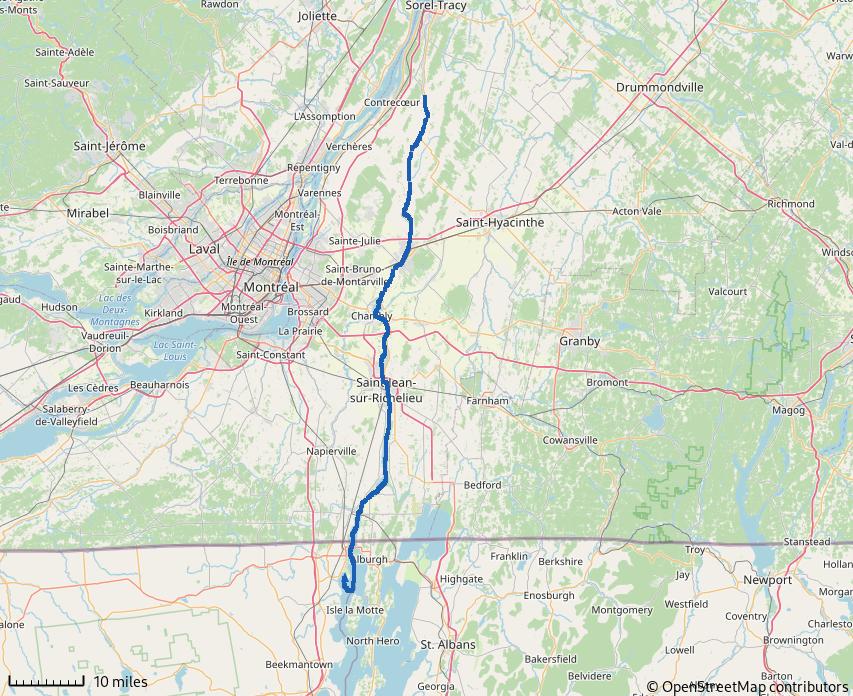
Figure 1: Chambly Canal and Richelieu River
Situation Normal
An early departure from King Bay had us traveling past Rouses Point NY and Fort Montgomery early in the morning. According to Wikepedia… Fort Montgomery is the second fort located on Island Point. Construction of the first began during the War of 1812 to provide protection against British attacks (like the Battle of Valcour Straight/Plattsburgh). When it was discovered a surveying error had the fort located ¾-mile inside Canada, construction was halted. Locals promptly looted the site for construction materials.
Construction of Fort Montgomery began after Island Point was ceded to United States in the aftermath of the War of 1812. Ultimately, this second fort was abandoned and, again, looted for construction materials. Some of the looted material was used to create fill for a bridge across the Richelieu at Rouses Point.
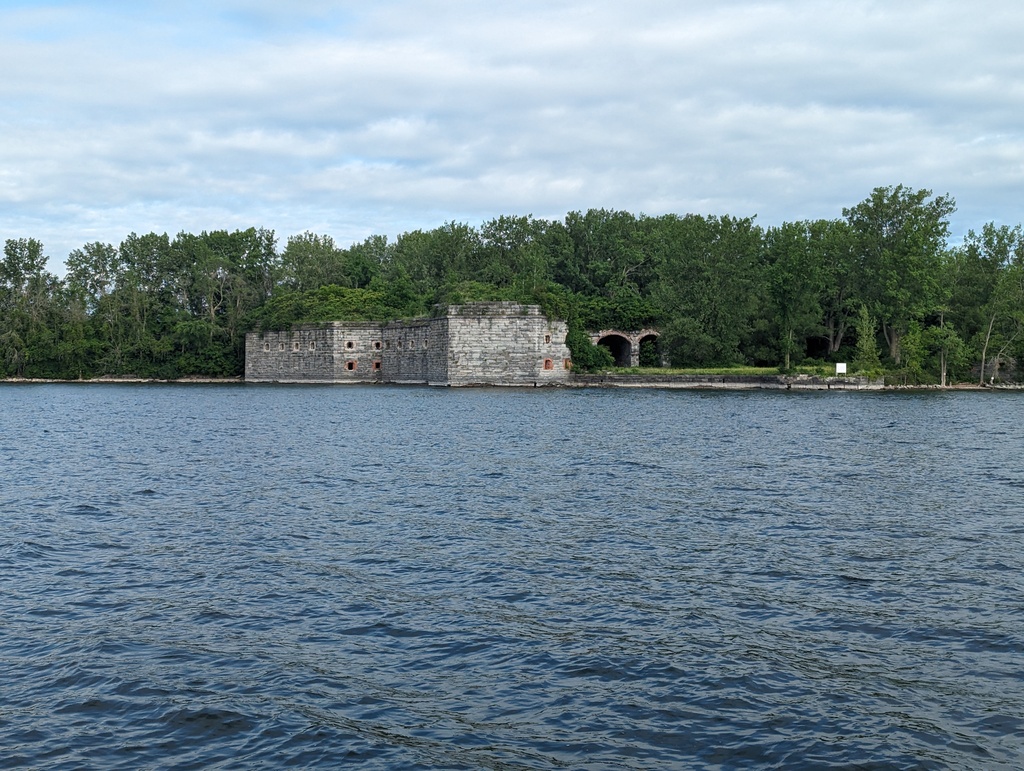
Figure 2: Fort Montgomery, Rouses Point NY
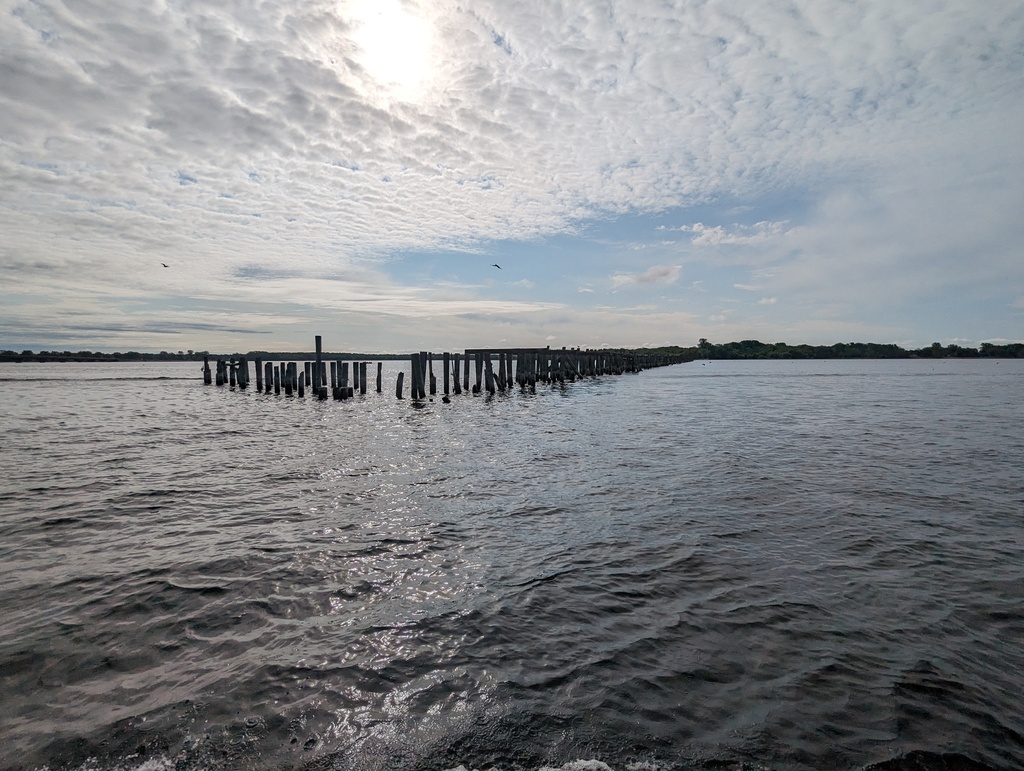
Figure 3: Abandoned bridge near Rouses Point NY
O Canada
We opted for in-person check in at the Richelieu River Border Protection Office. One can also check in from phones located at designated sites—bring change, only pay-phones are provided. If you’ve just arrived in Canada, will you have Canadian coins?
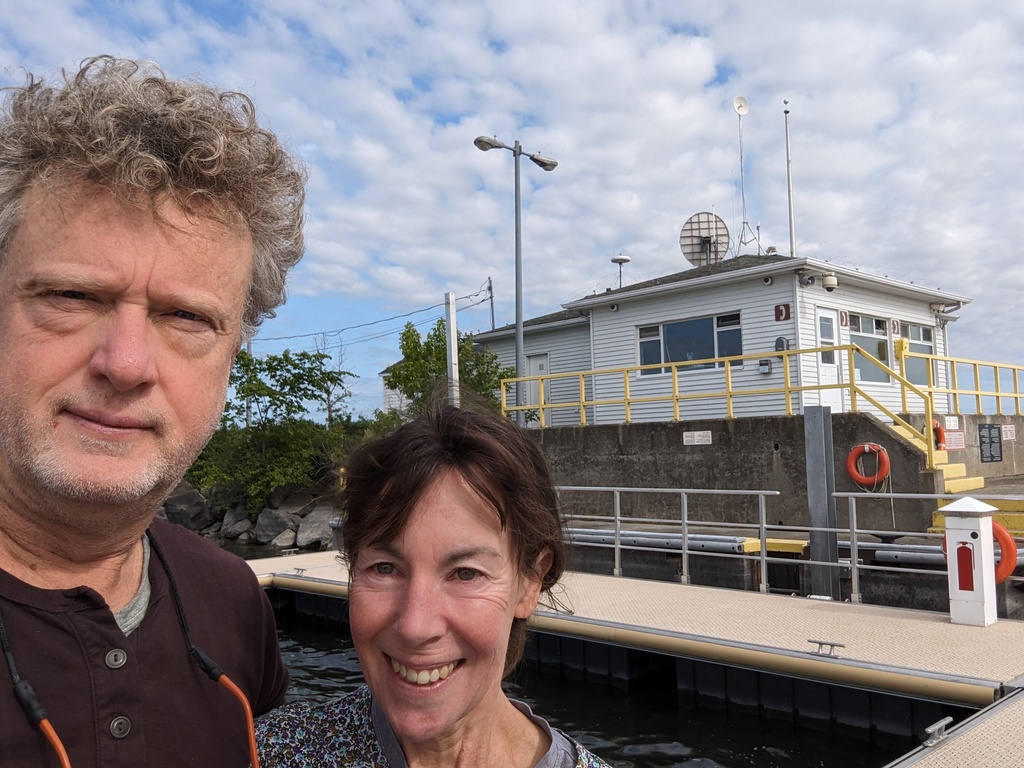
Figure 4: Welcome to Canada!
Richelieu River
The Richelieu River was a major transit corridor since long before Canada or United States existed. Indigenous, French, Dutch, British and United States traders moved goods between the Saint Lawrence and Hudson Rivers via the Richelieu River and Lake Champlain.
Chambly Canal
The Chambly Canal was completed in 1843 to bypass rapids between Chambly and Saint-Jean. The twelve-mile Chambly Canal has nine locks and ten bridges. The canal was constructed by building a narrow berm on the west bank of the Richelieu. The berm contained navigable lock-controlled water heights above the river/rapids and served as a tow path for barge traffic. Now, the tow-path is a popular bike path.
During the 1970s the Saint-Jean section of the canal was widened to accommodate wider vessels, restricting flow from Lake Champlain. Later analysis concluded an unplanned result of the widening was a 1.2-4in rise in the water level of Lake Champlain.
Parks Canada operates the Chambly. Transit of the canal is coordinated, with staff traveling in parallel with vessels and opening locks and bridges in sequence. At the north end, the canal has a three-flight lock to the Basin de Chambly.
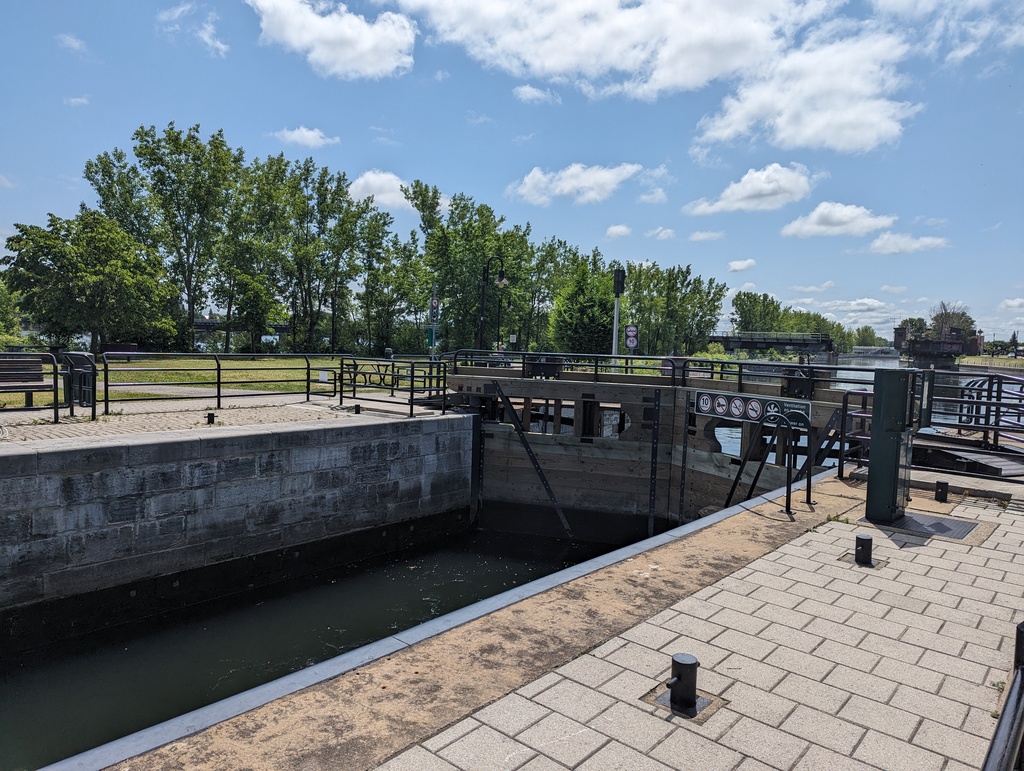
Figure 5: Lock 9, Saint-Jean
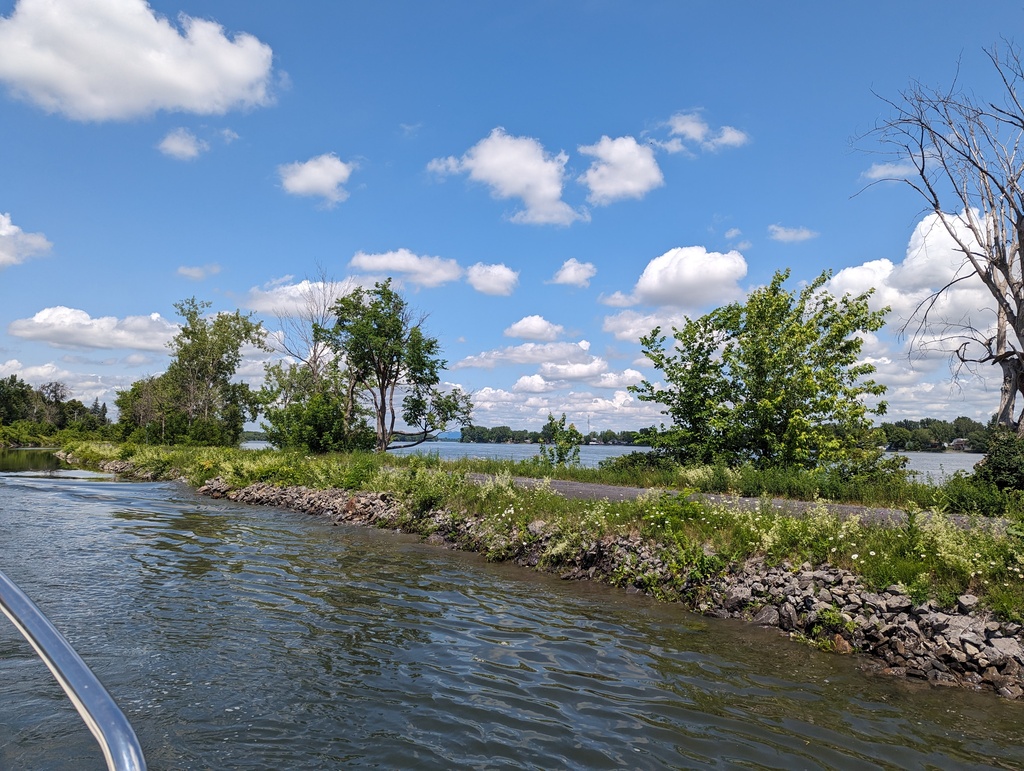
Figure 6: Chambly Canal along Richelieu River
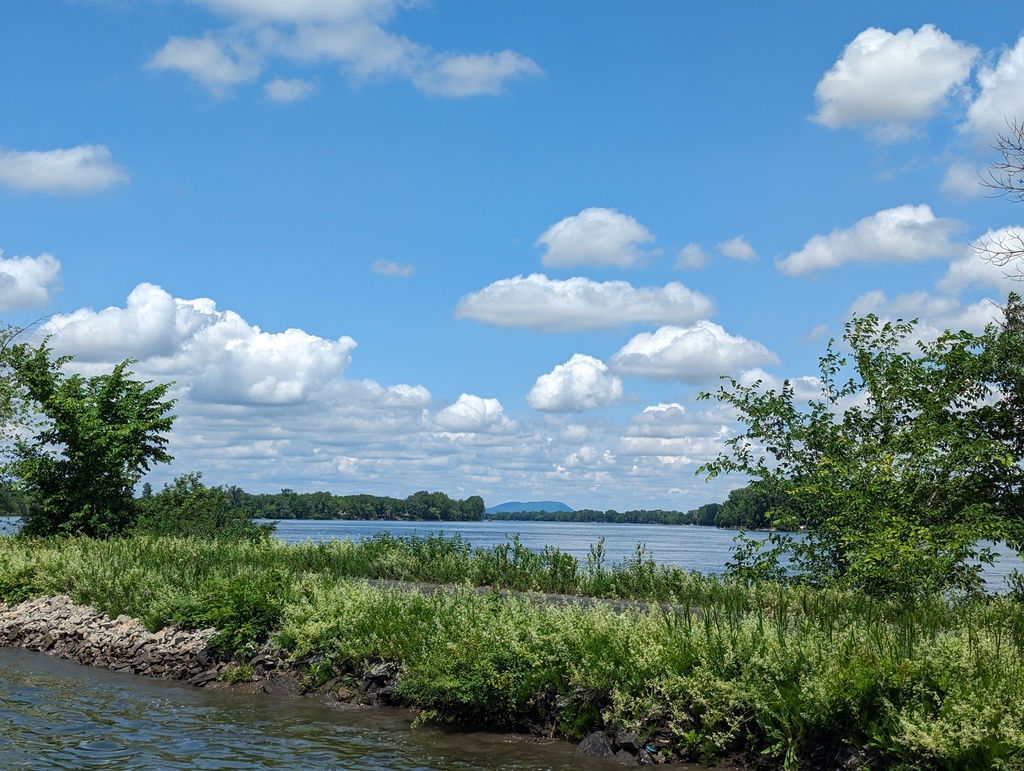
Figure 7: Chambly Canal along Richelieu River
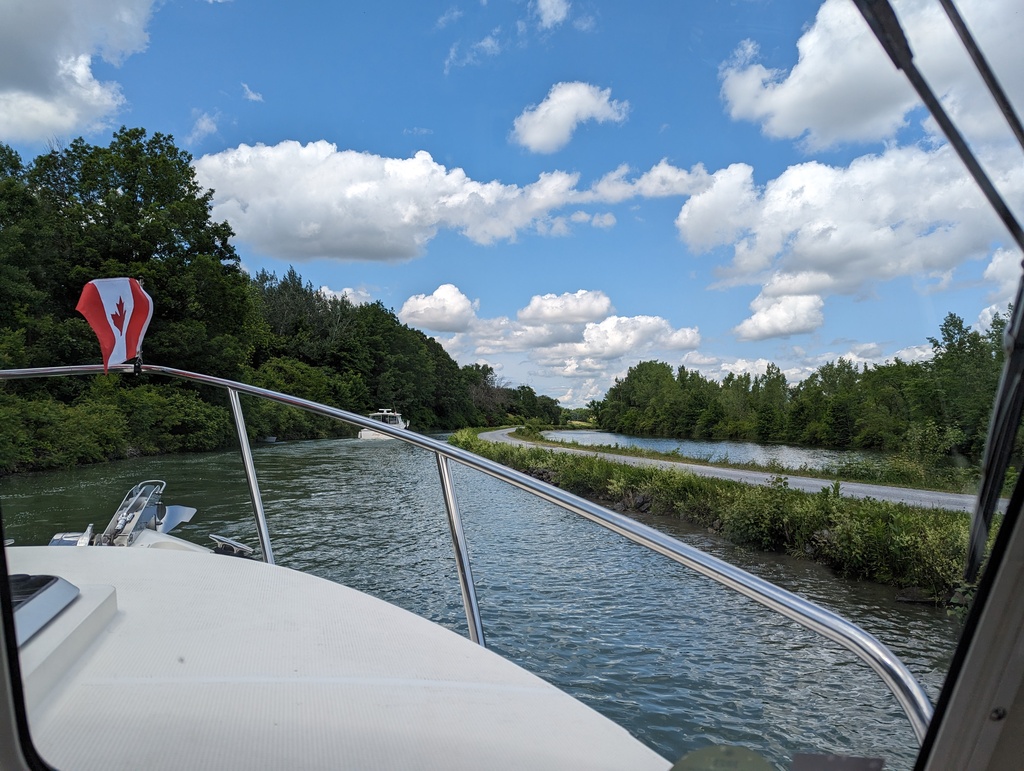
Figure 8: Chambly Canal along Richelieu River
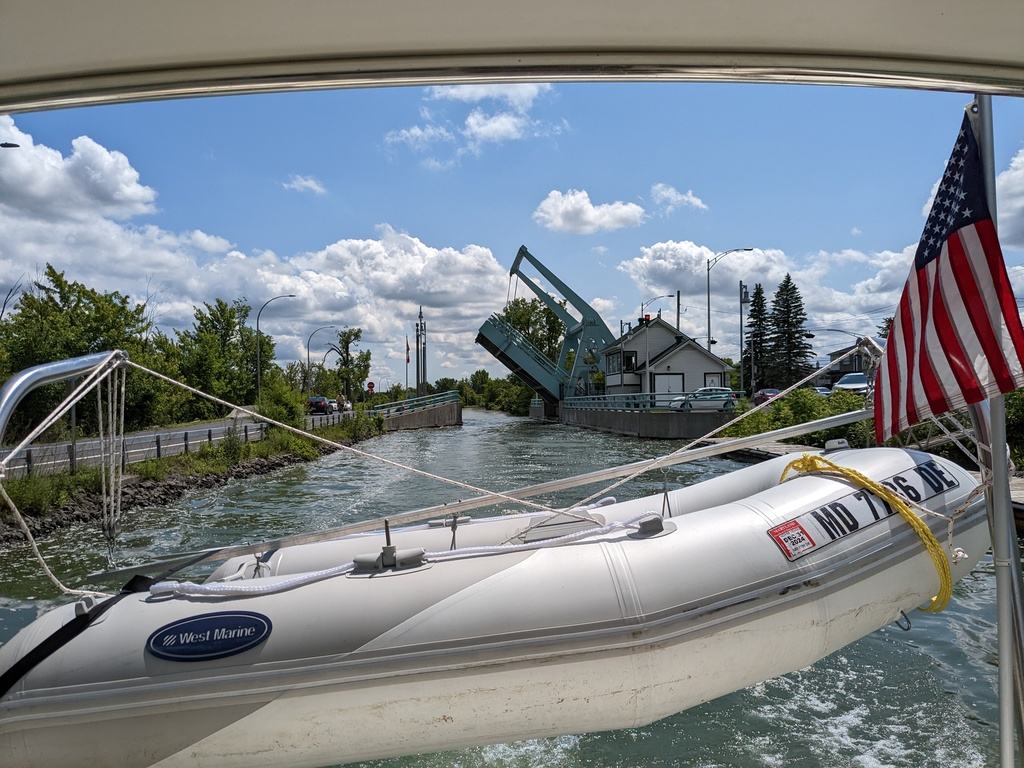
Figure 9: Chambly Canal Bascule Bridge
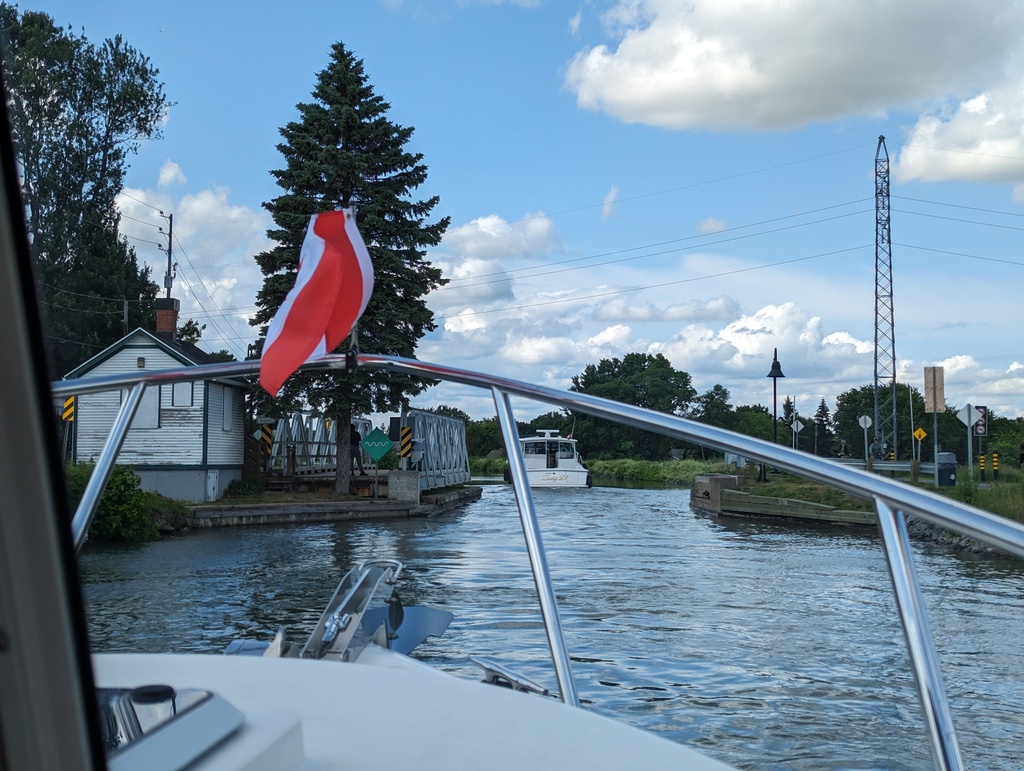
Figure 10: Chambly Canal Swing Bridge
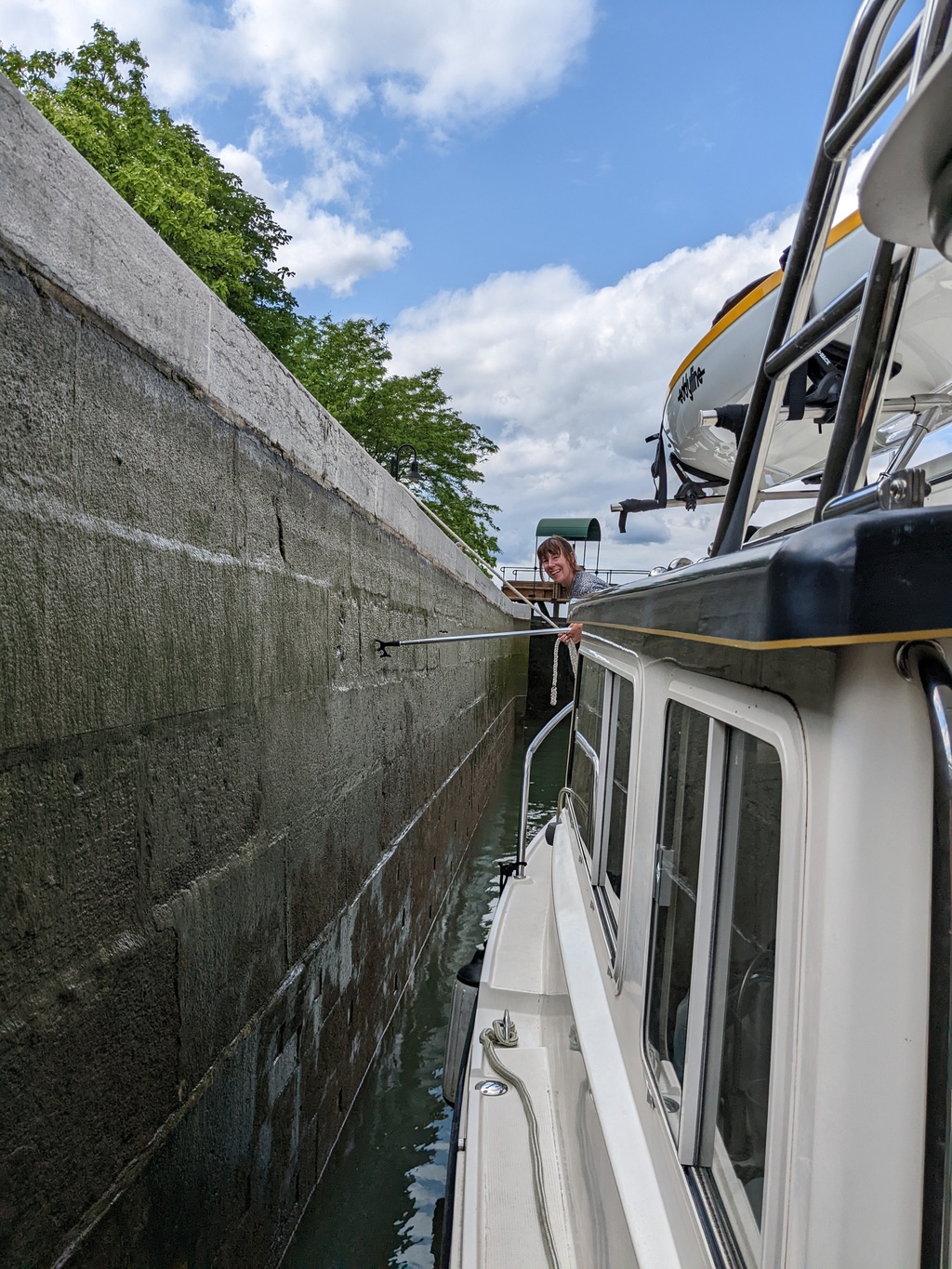
Figure 11: First Mate in Chambly Canal lock flight 1-3
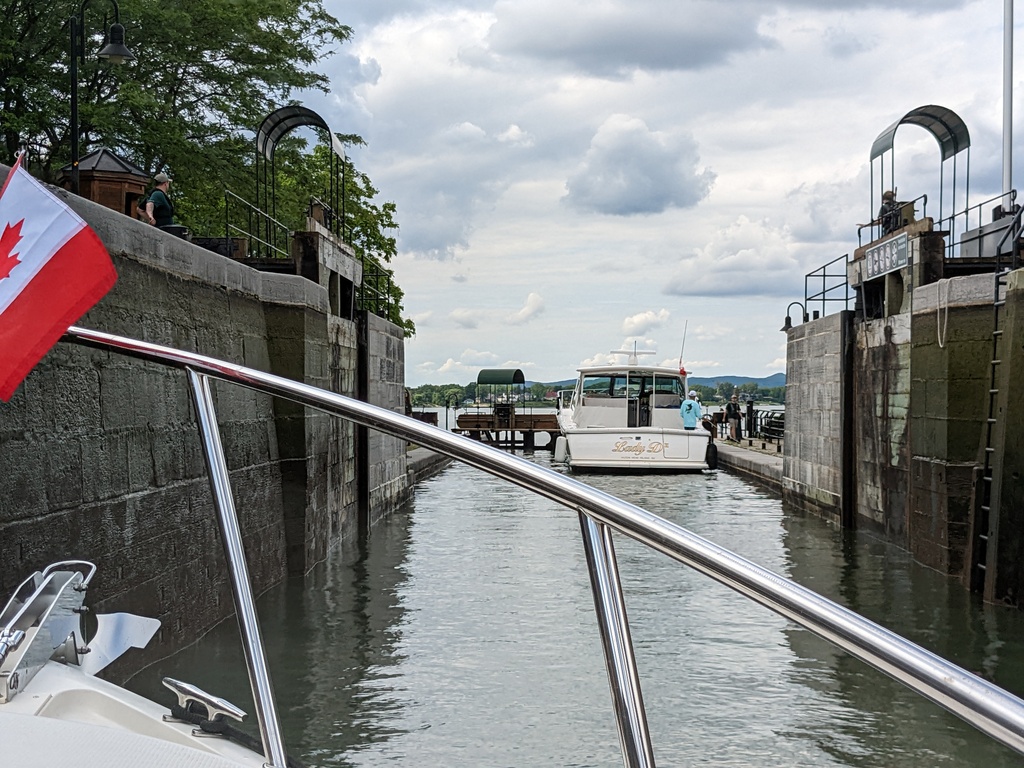
Figure 12: Chambly Canal lock flight 1-3
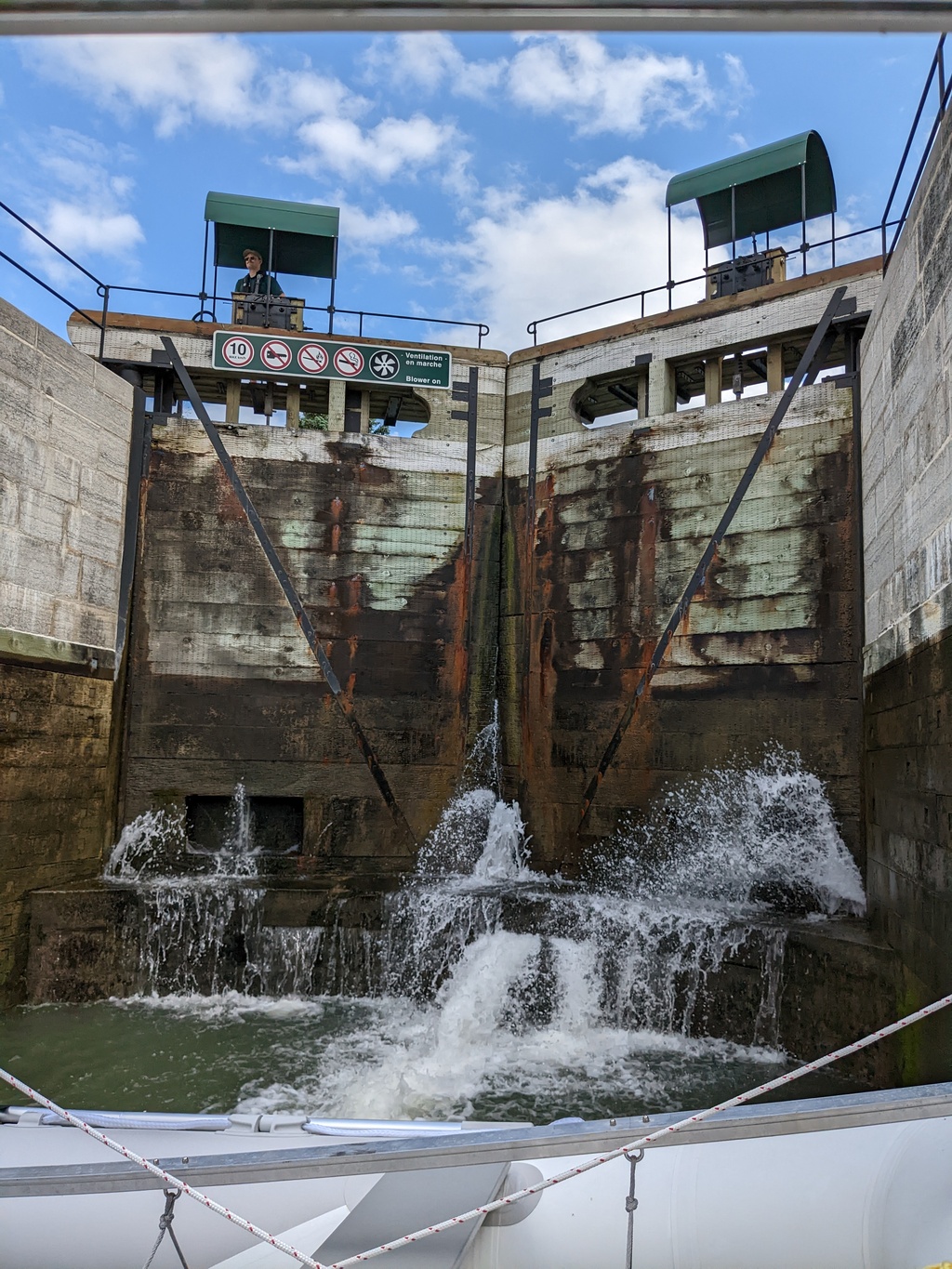
Figure 13: Chambly Canal lock flight 1-3
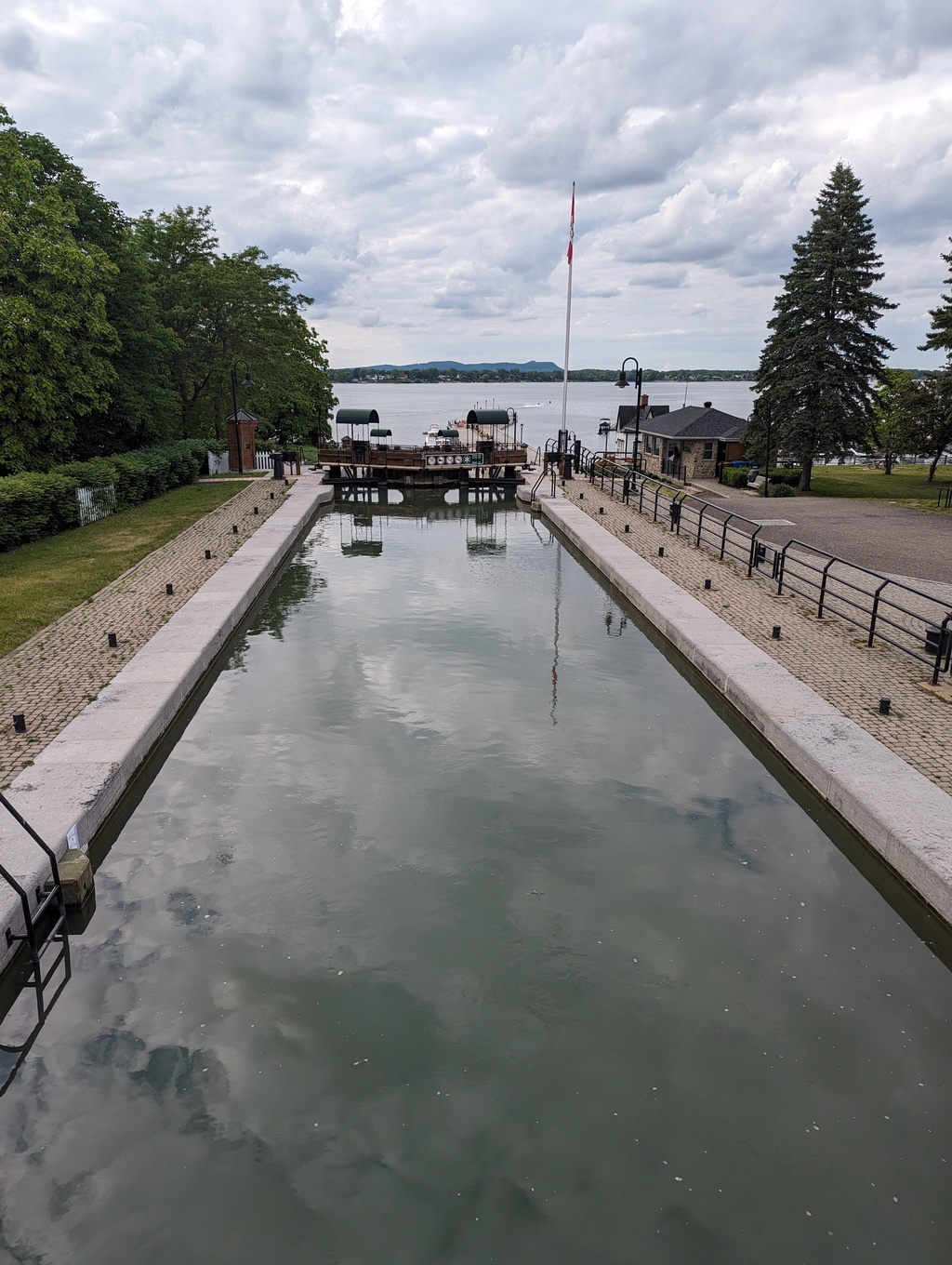
Figure 14: Chambly Canal lock flight 1-3
We stayed overnight on the lock wall at the Chambly Basin side of the canal.
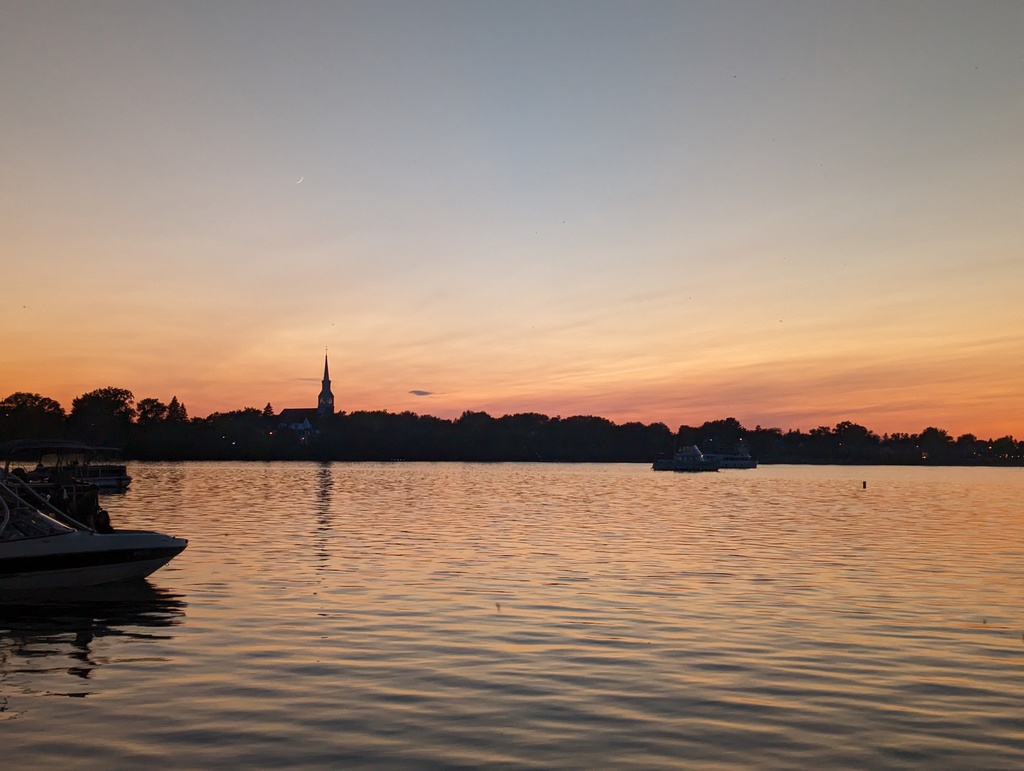
Figure 15: Chambly QC
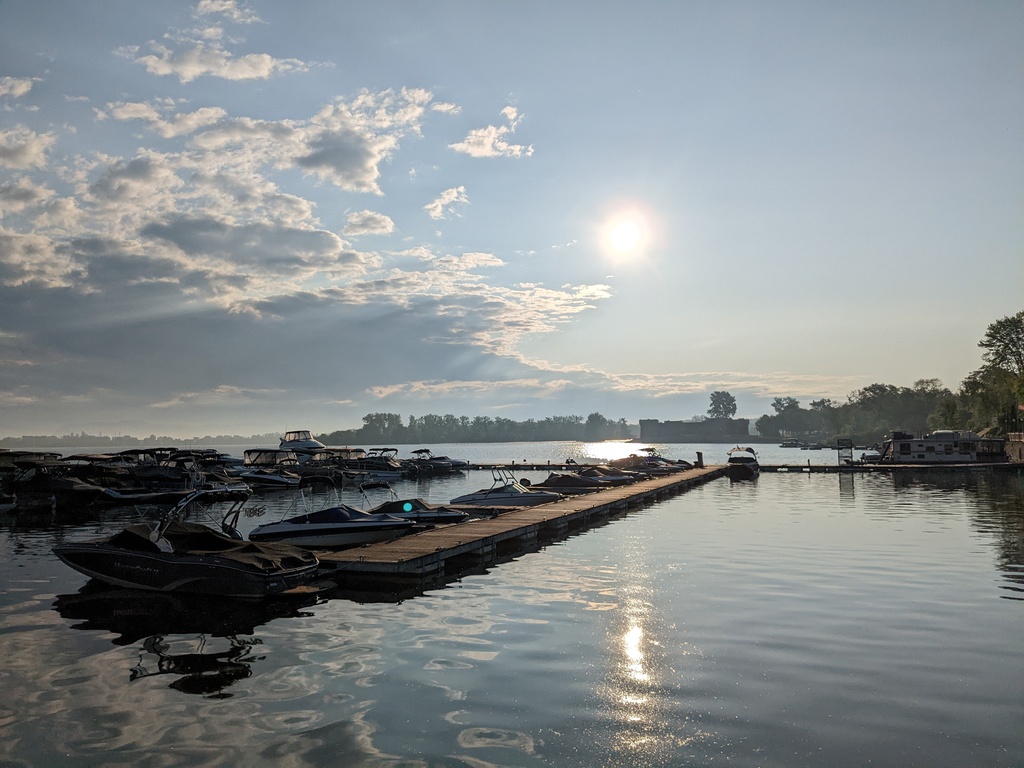
Figure 16: Fort Chambly, QC
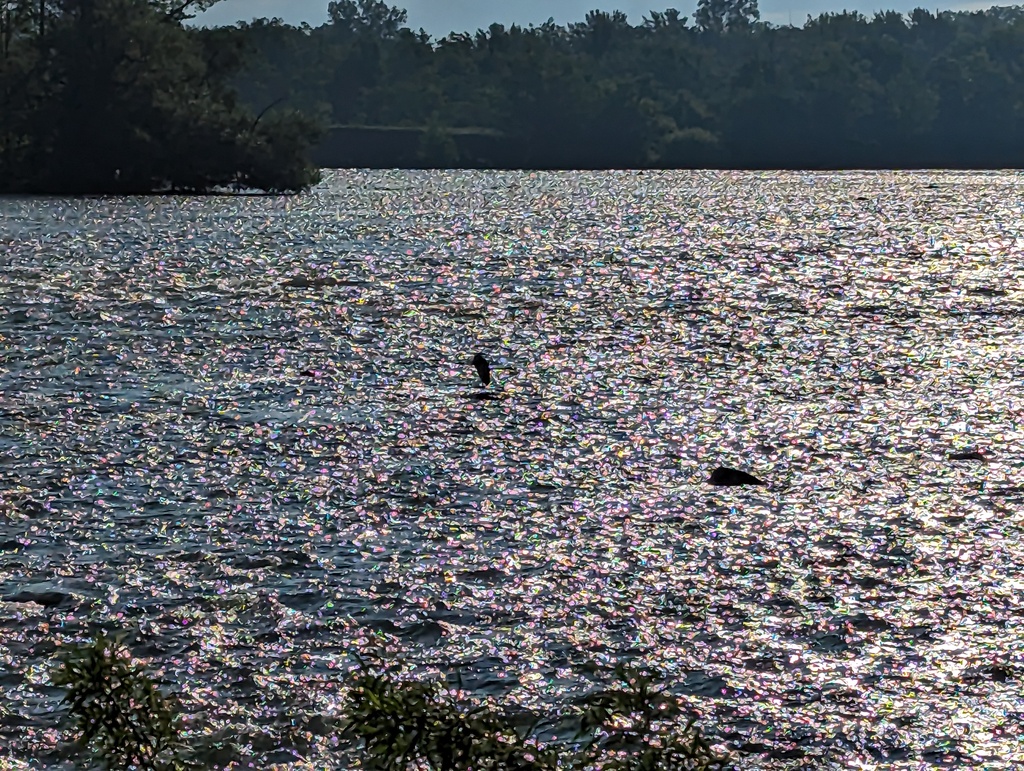
Figure 17: Richelieu River rapids at Chambly QC
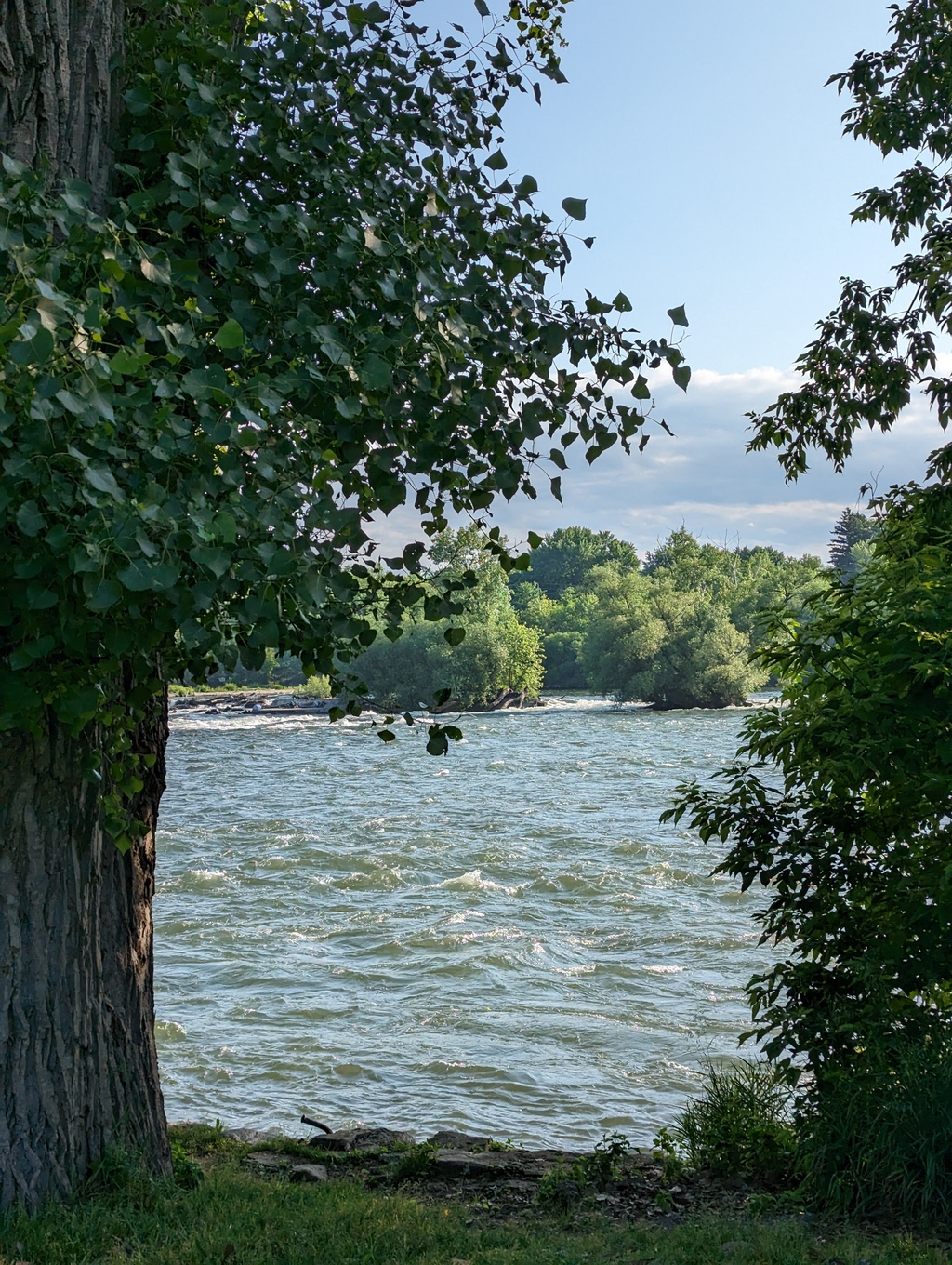
Figure 18: Richelieu River rapids at Chambly QC
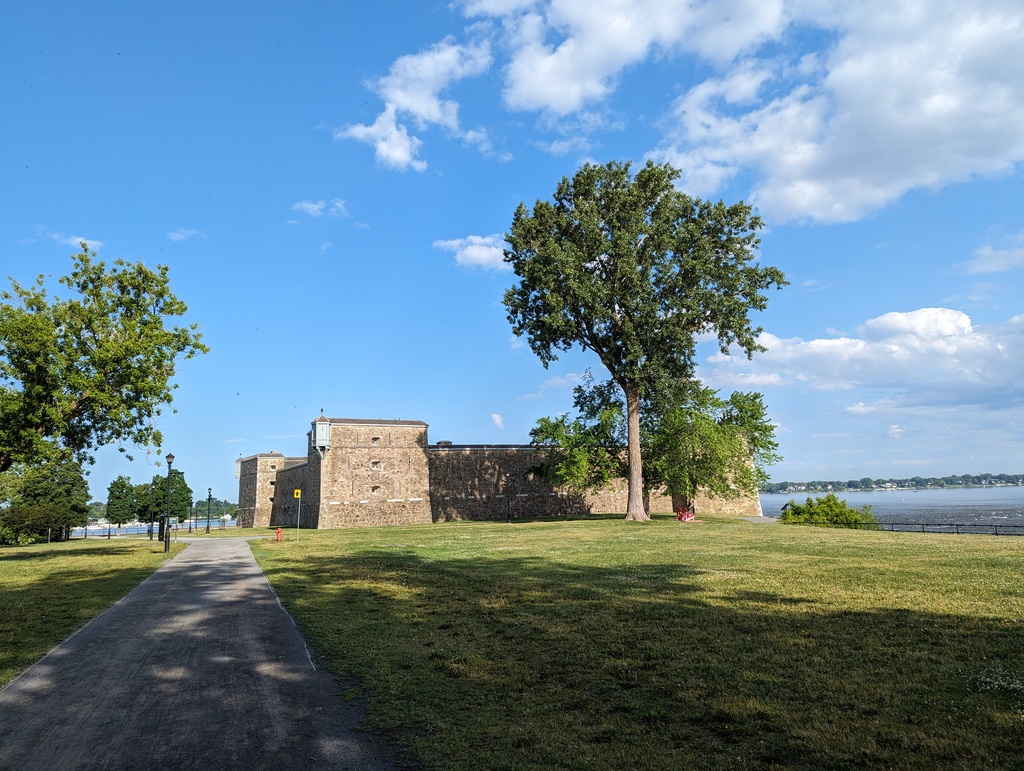
Figure 19: Fort Chambly, QC
Saint Ours Canal
We continued along the Richelieu, stopping in Saint-Denis for a walk, to the Saint-Ours Canal. The Saint-Ours Canal is located on the Richelieu River between Chambly and the Saint Lawrence River. The ‘Canal’ is really just one lock, ‘Lock 10’. We stayed over night on the down-river side of Saint Ours Lock.
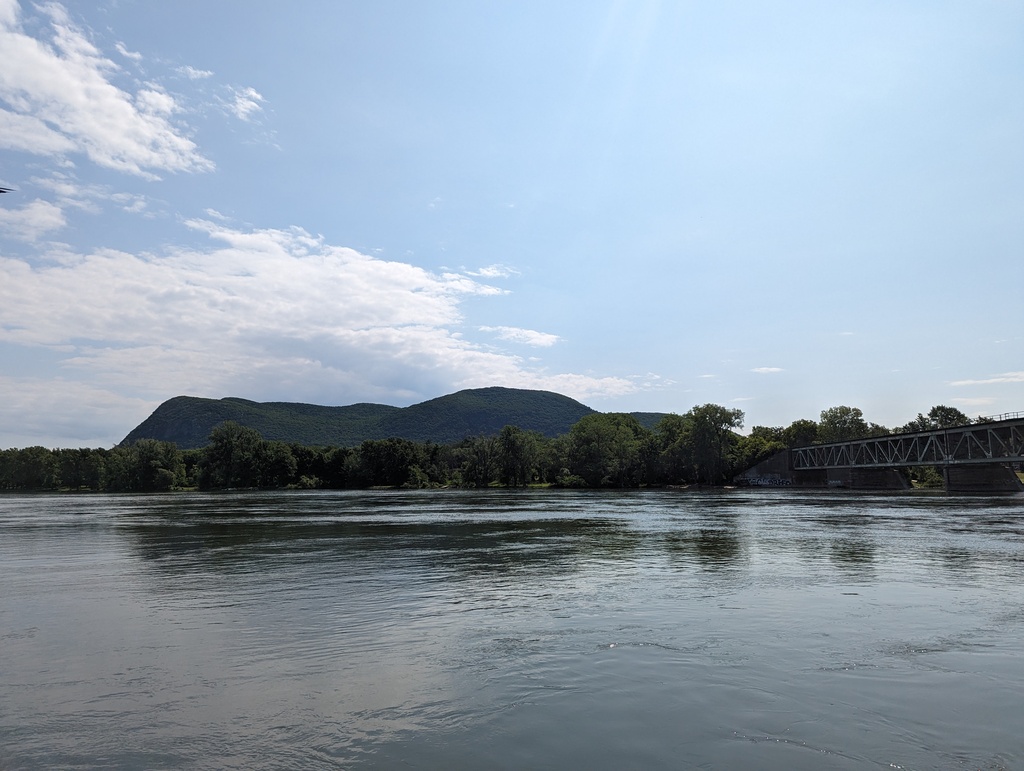
Figure 20: Mont Saint-Hilaire
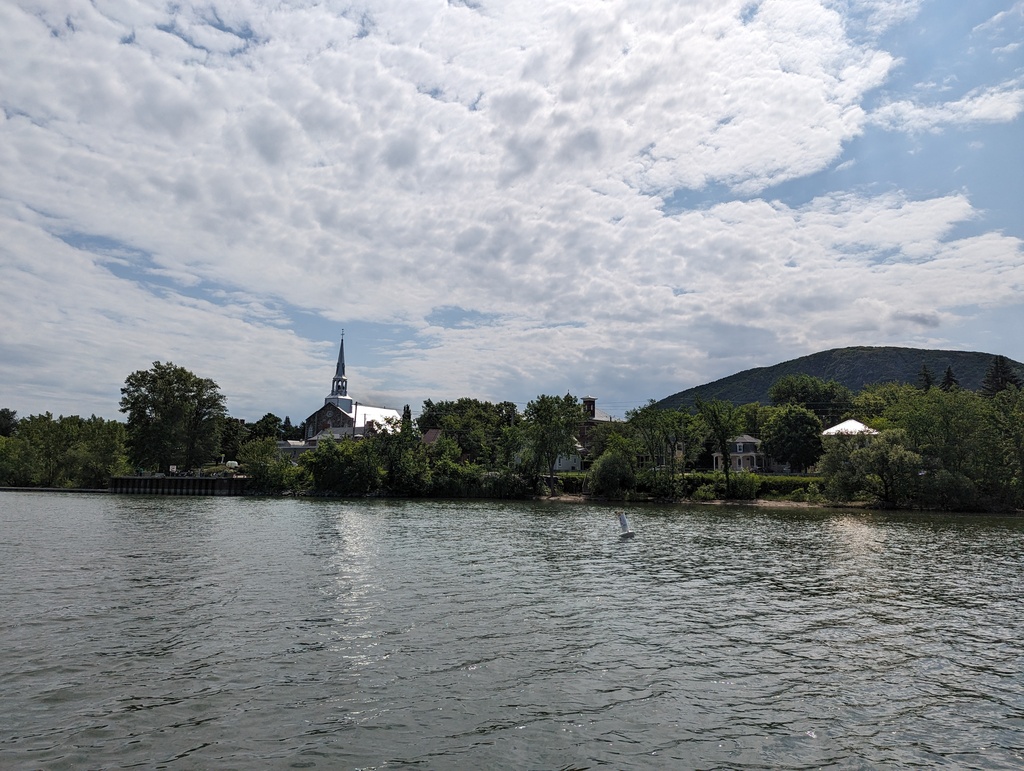
Figure 21: Saint-Hilaire
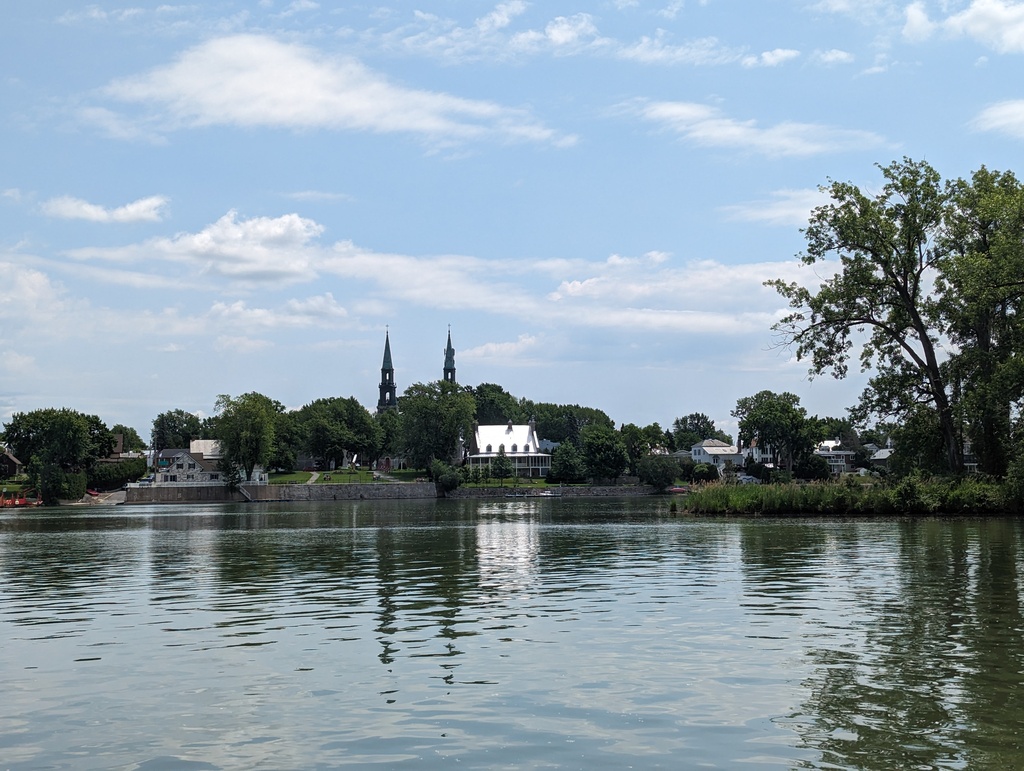
Figure 22: Saint-Denis
Parks Canada Lock and Mooring Passes
Pre-season purchase of combined passes for unlimited transit of Parks Canada locks and use of Parks Canada moorings were $17CAD/ft—about $561CAD for Penguin (33 LOA with dinghy davits). At 1.00CAD/ft for transit of each canal and marinas around 2.00CAD/ft each night, the pre-season pass was a great value.
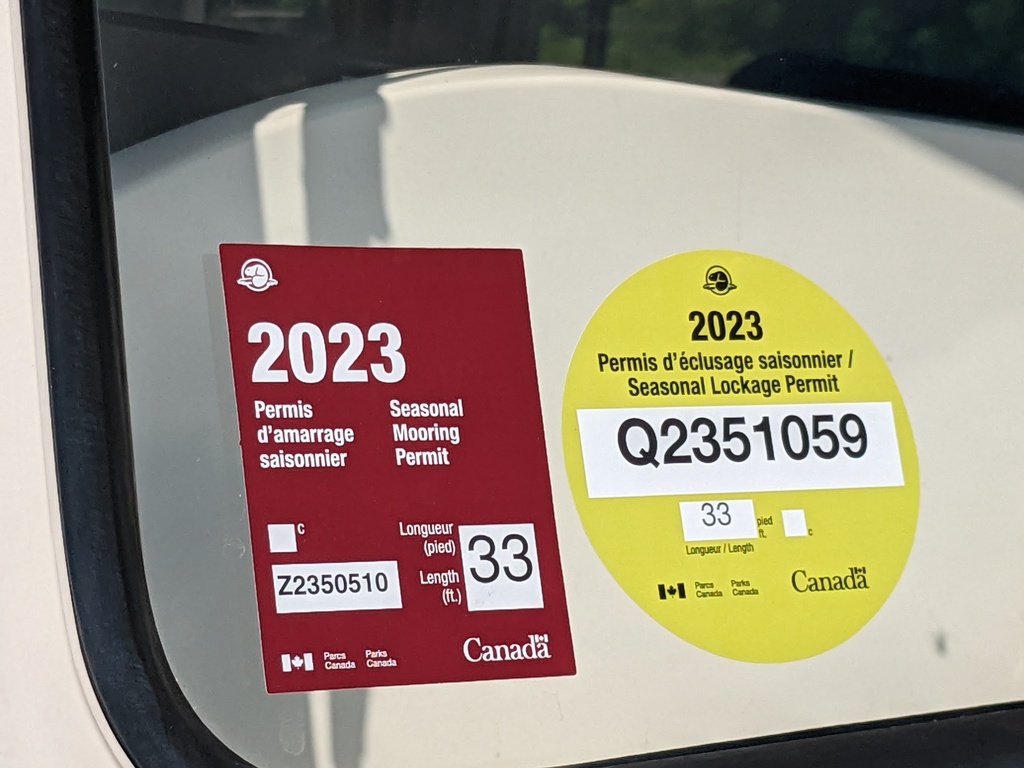
Figure 23: Parks Canada lock and mooring permits
Saint Pierre Sighting
A first installment of Saint Pierre sightings:
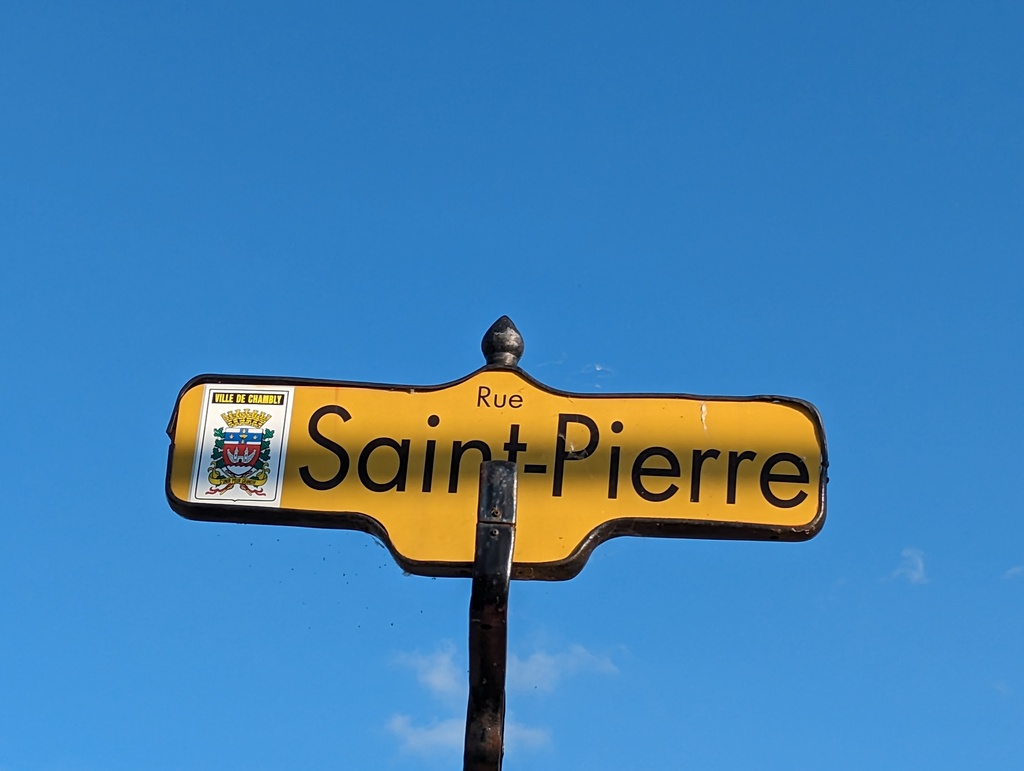
Figure 24: Chambly
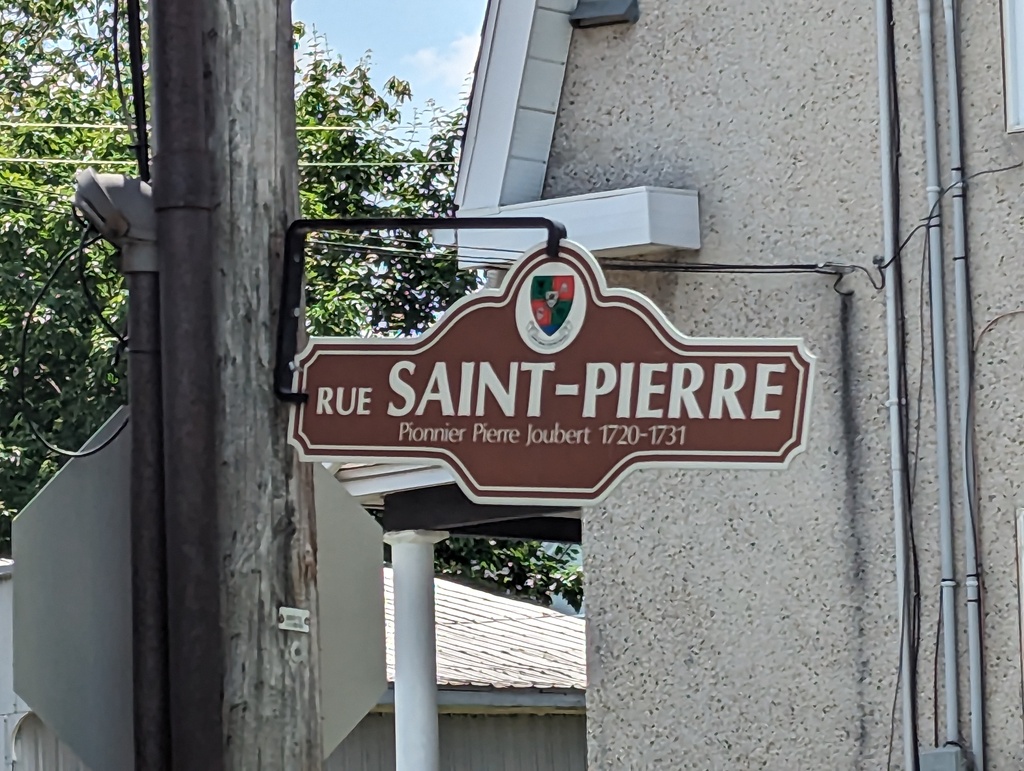
Figure 25: Saint-Denis